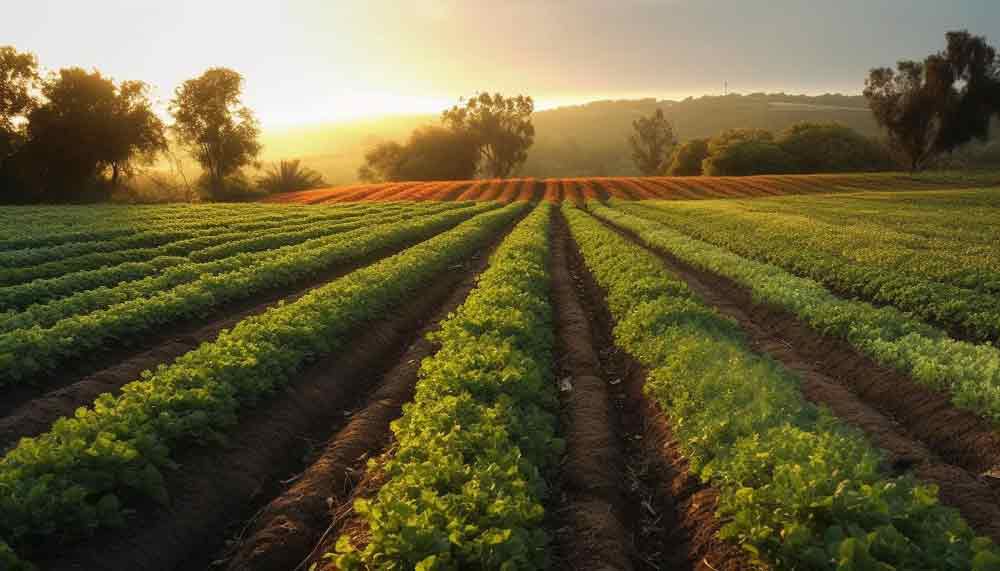What’s cover cropping each about, anyway?
As with numerous eco enterprise, what was old is new again Cover crops( or free season plantings; see more below) were first used during the Roman Empire as a way to boost the soil quality in stations. In the United States, the practice was fairly common from the 1860s through the 1950s before it was replaced by synthetic diseases and different crop operation ways.But, as sustainability becomes decreasingly important, the global agrarian community is turning back to the proven practice. According to theU.S. Department of Agriculture, “ the use of cover crops increased by 50 percent between 2012 and 2017. ” Federal and state impulses are helping growers fund these sweats at adding rates, although they still comprise only a small chance of the country’s farmland.
What are cover crops?
Cover crops relate to foliage planted in empty fields — covering the soil, get it? — at the end of growing seasons to enrich the ground and minimize corrosion. They can also be added to crop reels to ameliorate soil health in fields that have been degraded from growing the same thing time after time. Cover cropping is a means of adding soil fertility without chemicals.
How do cover crops work?
All cash crops( what growers grow to vend) pull nutrients out of the soil as they develop. It’s important to replenish those nutritional substances after every crop so unborn crops can also flourish. With cover cropping, growers factory specific kinds that have the capability to pull nutrients similar as nitrogen or phosphorus from the atmosphere and return them to the soil so unborn shops can absorb them. The cover crops aren’t gathered but rather cultivated back into the ground, where they release these salutary rudiments as they putrefy.
What shops make good cover crops?
growers have multitudinous options when it comes to cover crops, which primarily stem from the legume and lawn families. shops similar as rye, alfalfa, downtime wheat, clovers, radish, oats and mustard can work well depending on the specific pretensions for a geography.
What are the benefits of cover cropping?
Beyond its primary function of adding nutrients back into the soil, the practice of cover cropping has other benefits, too, including suppressing weeds; reducing corrosion; controlling pests and conditions while attracting pollinators; adding soil’s humidity and nutrient content; enhancing biodiversity; and perfecting unborn crop yields. These plantings can astronomically prop in perfecting a ranch’s adaptability, a growing need in the face of climate change. numerous of these benefits come apparent within one time of using cover crops.
What are the downsides of using cover crops?
Among their downsides, cover crops are an fresh expenditure( fiscal and else) for cash- and labor– strapped growers. They can also overwinter and contend with cash crops, so it’s critical that growers precisely choose the applicable cover crops for their fields.
What do you want to know about cover crops? Ask a question in the commentary section below.

